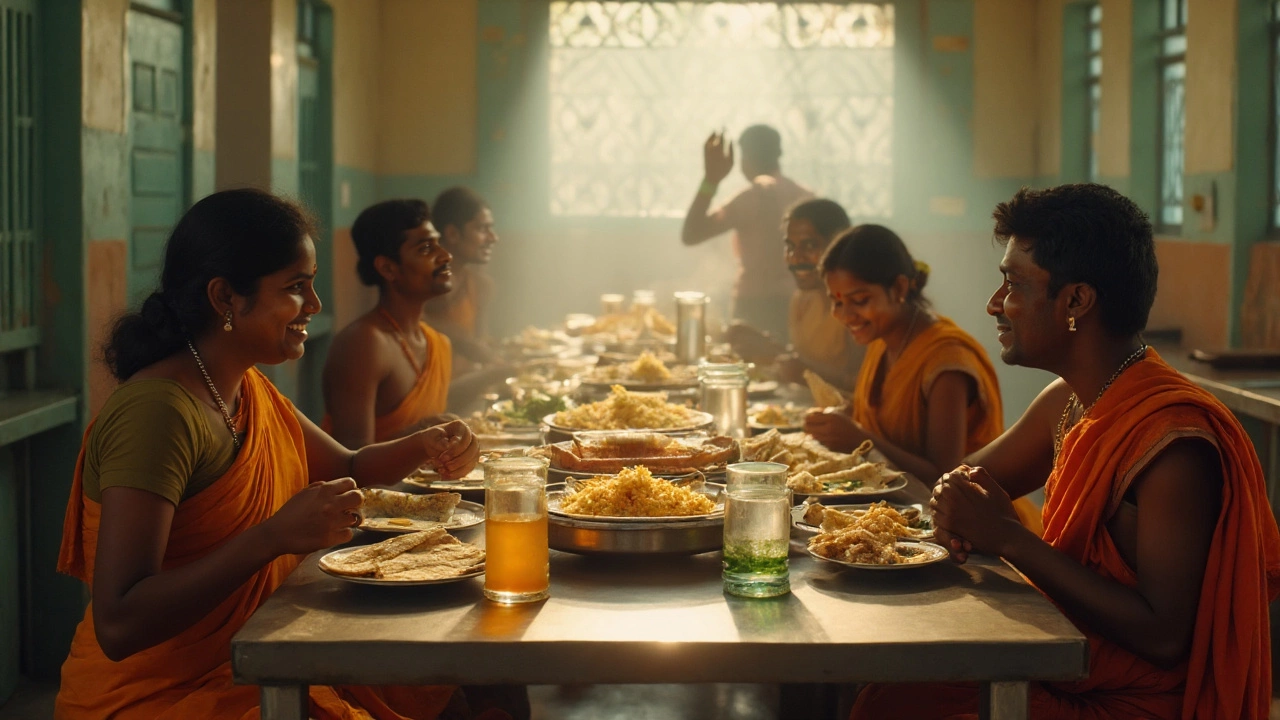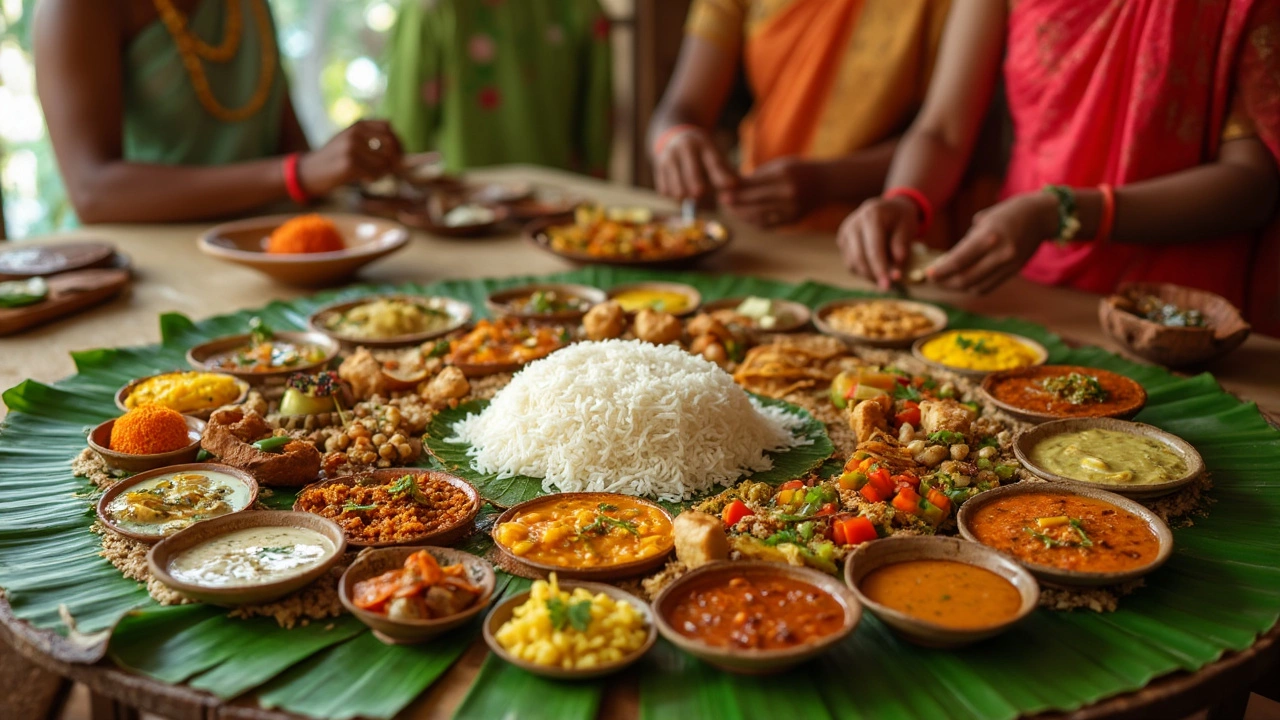SEARCH
Kerala Cuisine: Flavors, Tips, and Must‑Try Dishes
If you’ve ever dreamed of tasting food that balances spice, coconut, and fresh seafood, Kerala cuisine is the answer. From the backwaters of Alappuzha to the hills of Munnar, every bite tells a story of the region’s climate, history, and culture. This guide gives you the basics you need to eat like a local without getting lost.
Top Dishes You Must Taste
Kerala Sadya – Served on banana leaves during festivals, a sadya is a 12‑course vegetarian feast. Expect rice, sambar, avial, thoran, oottu curry, and the sweet finish of payasam. It’s a lesson in how flavors can coexist without overwhelming each other.
Fish Moilee – A creamy, mildly spiced fish curry cooked in coconut milk. The gentle heat lets the fish’s natural taste shine. Pair it with appam (soft rice pancakes) for a classic combo.
Beef Ularthiyathu – This dry-fry dish uses tender beef, black pepper, and roasted coconut pieces. It’s the go‑to snack at roadside stalls and perfect with a cold drink after a day of sightseeing.
Puttu and Kadala Curry – Steamed rice flour cylinders (puttu) are served with a spicy black chickpea stew (kadala curry). The contrast of fluffy and saucy makes it a breakfast favorite across the state.
Kerala Banana Fry – Ripe plantains sliced thin, tossed in turmeric and salt, then fried until crisp. Simple, sweet, and surprisingly addictive.
How to Eat Safely and Enjoy Local Food
Travelers often wonder how safe street food is in Kerala. The rule of thumb: look for stalls that are busy, have a clear cooking area, and serve food hot. Freshly made items like dosas, chappatis, and seafood grills are generally safe because they’re cooked right before you eat them.
When ordering a sadya, ask the server to replace any fermented items (like pickles) if you’re sensitive to strong flavors. Most restaurants will gladly customize the plate.
Carry a small bottle of bottled water and avoid ice unless you’re sure it’s made from filtered water. Coconut water sold in sealed cartons is a refreshing, safe alternative.
If you have a spicy tolerance limit, start with milder dishes like avial or thoran before moving on to pepper‑heavy items like beef ularthiyathu. Most places will adjust the heat level if you ask politely.
Finally, don’t miss the local tea stalls. A cup of strong, milky tea (called “chai”) paired with a banana fry or a piece of toasted coconut is a perfect way to recharge after a long day of exploring.
Kerala’s food scene is a blend of tradition and innovation, and it’s easy to feel overwhelmed by the options. Keep these basics in mind, follow the local cues, and you’ll enjoy the rich, aromatic flavors that make Kerala cuisine one of India’s culinary treasures.

Which South Indian State Has the Best Food? 2025 Guide for Travelers & Foodies
Wondering which South Indian state has the best food? Get a clear winner, trade-offs, must-try dishes, smart routes, costs, and hygiene tips-all in one practical guide.
Continue reading
Kerala Food: What Makes Sadya the Must-Try Feast
Kerala's Sadya meal steals the spotlight as one of the state's most famous foods, served during major festivals and family gatherings. This vegetarian feast is laid out on a banana leaf and packs in dozens of flavors from tangy pickles to creamy payasam. Each dish has a purpose, and eating them in the right order gives you the real experience. In this article, you'll get a breakdown of how Sadya works, what dishes to expect, and tips for trying it for the first time. If food is part of your Kerala travel plan, you don’t want to miss this feast.
Continue reading